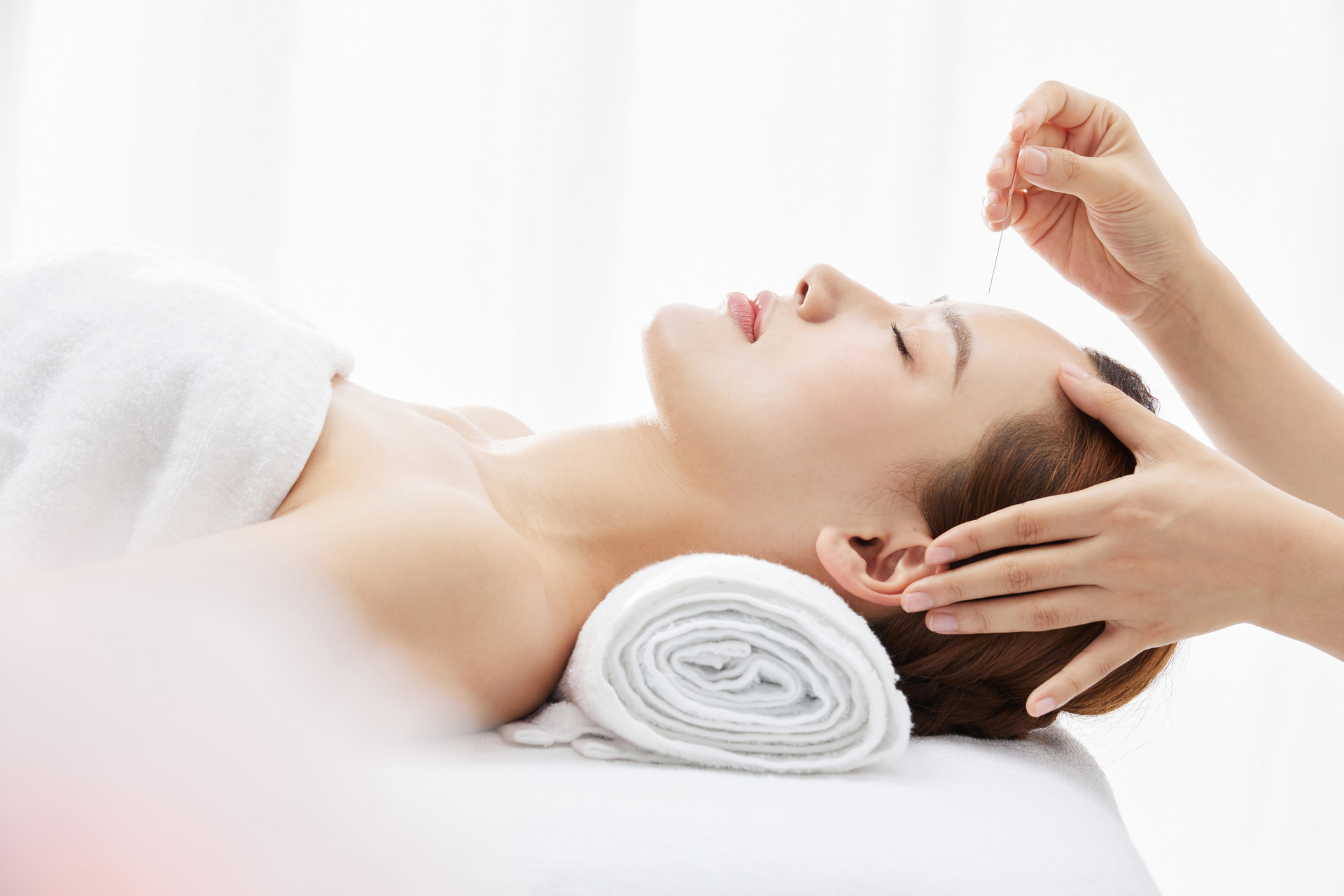1. Contraindications of Ear Acupuncture
Ear acupuncture is a method of diagnosing and treating diseases through observation, touch, and different types of stimulation on specific points of the ear. Although it originated in ancient China, it has been widely used in clinical practice since the late 1950s and has been continuously improved. Ear acupuncture is one of the most mature methods in microacupuncture, with the characteristics of simplicity, safety, wide range of disease prevention and treatment, rapid effectiveness, and cost savings. Currently, it has been promoted worldwide. Generally speaking, ear acupuncture treatment is relatively safe and does not have absolute contraindications. However, if used improperly, accidents may occur. Therefore, the following conditions should be taken seriously:
(1) Obvious inflammation or lesions on the external ear, such as chilblains, infection, ulcers, and eczema, should suspend treatment.
(2) Patients with severe organic diseases or excessive mental tension should not use strong acupoint stimulation methods (such as cutting, bleeding, etc.) and strong filiform needle techniques. Ear acupuncture therapy should be used with caution during pregnancy, and it is contraindicated for patients with a history of habitual miscarriage.
(3) Pay attention to infection prevention. The most common accident in ear acupuncture therapy is ear infection caused by inadequate disinfection. Due to poor blood circulation in the ear, if an infection occurs and is not promptly treated, it can involve the cartilage. In severe cases, ear swelling and cartilage necrosis can occur, leading to deformity. Therefore, it should be highly valued. Generally, it is recommended to disinfect the ear acupoints by first using 2% iodine to apply locally on the skin of the acupoint area, and then using 75% alcohol to remove the iodine with an alcohol cotton ball from the inside out. When stimulating the ear with needles, it is recommended to insert them subcutaneously at an angle of 15° or less to avoid penetrating the ear cartilage, which can cause cartilage inflammation. Some people in foreign countries also use special U-shaped staples to achieve long-term needle stimulation, but it is not recommended due to the risk of infection.
(4) Pay attention to vasovagal syncope. Vasovagal syncope in ear acupuncture includes syncope caused by ear needles and syncope caused by pressing ear pellets. The proportion of syncope caused by ear acupuncture stimulation is much lower than that of body acupuncture. According to statistics, syncope occurs in about 1% to 2% of treated cases. Most of them are mild and temporary, but severe syncope has also been reported, so it should not be taken lightly. The causes and clinical manifestations of syncope are similar to those of body acupuncture, and preventive and treatment methods are also the same.
2. Contraindications of Scalp Acupuncture
Scalp acupuncture, also known as scalp needle therapy or cranial acupuncture, is a therapy that treats diseases by needling specific areas and lines on the scalp. The use of acupuncture on the head to treat diseases has long been recognized by ancient people. It was discovered that the scalp is closely related to various parts of the body through the circulation of meridians. However, scalp acupuncture as a specialized therapy emerged in the early 1950s to the early 1970s. Scholars in the field of acupuncture in Zhejiang, Shaanxi, Shanxi, Shanghai, and other places explored and studied certain traditional acupoints and areas on the scalp from different perspectives through their own clinical practice. They discovered that there are other acupoints and meridians on the scalp. When needling these specific acupoints, they have therapeutic effects on diseases of various parts of the body, especially brain-related diseases. Currently, scalp acupuncture has been used to treat more than 80 types of clinical diseases and, like ear acupuncture, it is a more mature form of microacupuncture. Generally, scalp acupuncture is relatively safe, but the following precautions should also be taken into account in clinical practice:
(1) Due to the rich nerves and blood vessels in the hairline area of the head, abnormal conditions such as local pain during needle insertion and retention, and bleeding after needle removal may occur. Needle insertion pain is often related to the quality of the needle and inexperienced operation. Therefore, the needle should be checked before acupuncture. Bent needles or blunt and hooked needle tips should not be used. During needle insertion, the scalp should be exposed, avoiding scars and hair follicles. Pay attention to the angle, depth, and direction of needle insertion, and quickly insert the needle. If pain occurs when touching blood vessels or the periosteum, adjust the position of the needle. After needle removal, apply a disinfectant cotton ball to press for a moment and carefully check if there is still bleeding.
(2) A small number of patients may experience symptoms such as a heavy scalp, stiffness, itching, and crawling sensation during needle retention. For mild cases, no treatment is needed. For severe cases, it is advisable to slightly lift the needle or adjust the direction and depth of needle insertion.
(3) The following patients should not use scalp acupuncture:
1. Infants with open fontanelles and unfused cranial sutures. If needling is necessary, this area should be avoided.
2. Patients with severe infections, ulcers, and injuries on the scalp or at the site of head surgery.
| 1 2 > >> >>|










